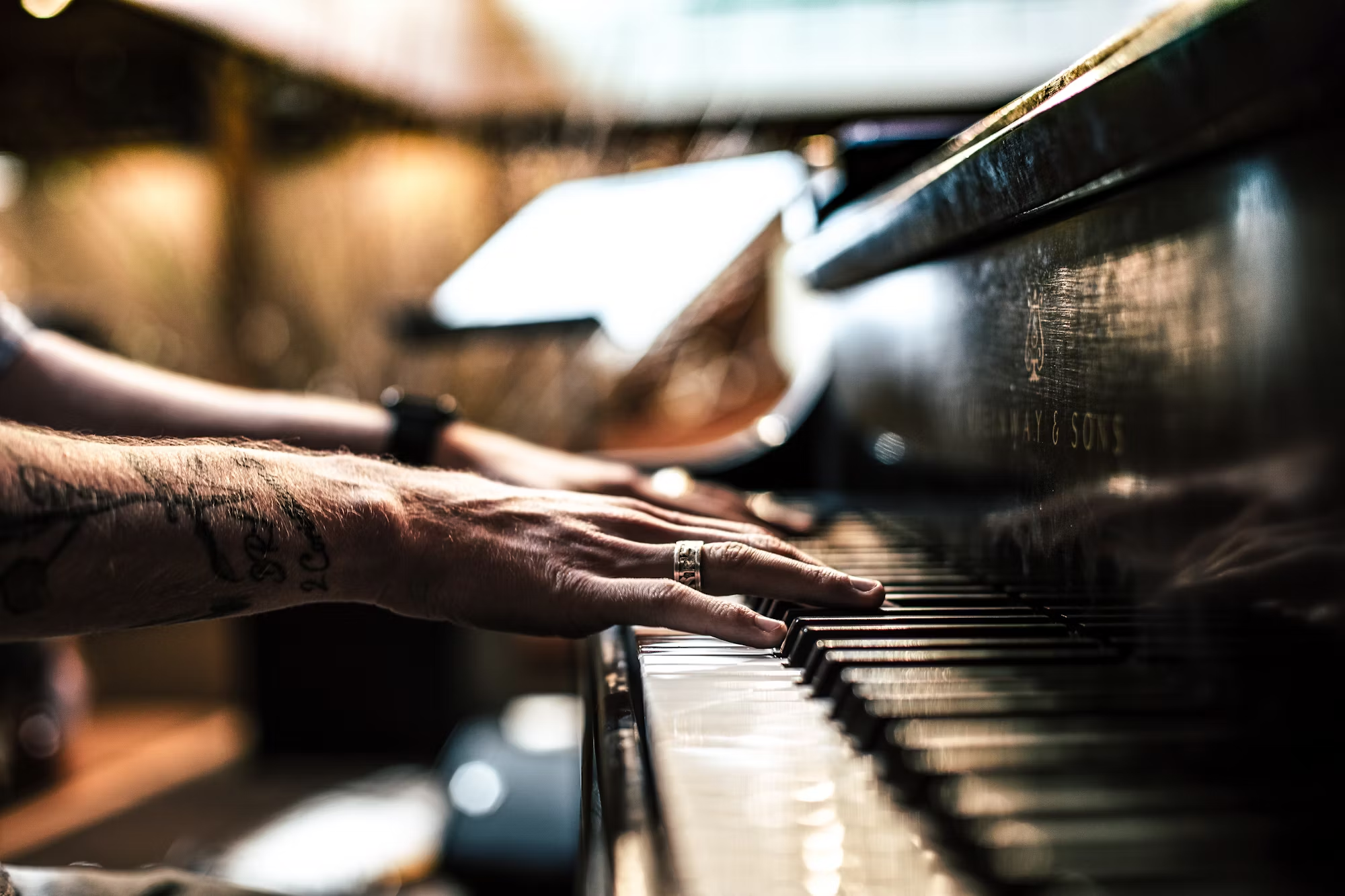The Art of Piano Improvisation: Exploring Creativity and Expression
Piano improvisation is a captivating art form that allows musicians to express their creativity and emotions spontaneously. This practice has roots that stretch back centuries, influencing various musical genres and styles. Understanding the evolution of piano improvisation reveals not only its technical aspects but also its profound impact on music as a whole. The journey of piano improvisation can be traced back to the Baroque period, where composers like Johann Sebastian Bach often improvised during performances. Bach was known for his remarkable ability to create intricate counterpoint on the spot, demonstrating a deep understanding of harmony and melody. His improvisational skills were not merely a display of technical prowess but an essential part of his compositional process, allowing him to explore musical ideas dynamically. As we transitioned into the Classical era, the role of improvisation continued to evolve. Composers such as Wolfgang Amadeus Mozart valued improvisation highly, often incorporating it into their performances. Mozart’s ability to create engaging and elaborate variations on themes showcased his playful spirit and deep musical intuition. His approach encouraged pianists to think creatively, embracing spontaneity while maintaining a strong sense of structure. The Romantic period saw improvisation reach new heights, with composers like Frédéric Chopin and Franz Liszt emphasizing emotional expression. Chopin’s Nocturnes and Waltzes invite pianists to explore personal interpretations, allowing for moments of improvisational flair within the established framework. Liszt, known for his flamboyant style, often included improvisational sections in his performances, captivating audiences with his ability to weave spontaneous melodies into existing works. This era marked a significant shift in how pianists approached improvisation, transforming it into a deeply personal and expressive experience. Moving into the 20th century, jazz emerged as a prominent genre where improvisation became a defining characteristic. Jazz pianists, such as Duke Ellington and Thelonious Monk, embraced improvisation as a means of self-expression, blending elements of blues, swing, and classical influences. Duke Ellington’s compositions often included sections that encouraged improvisation, allowing musicians to infuse their personalities into the performance. Thelonious Monk, known for his unique harmonic approach, crafted intricate melodies that invited spontaneity, pushing the boundaries of traditional jazz. The spontaneity of jazz improvisation offers a fresh contrast to classical traditions, encouraging performers to respond to their fellow musicians in real-time. This collaborative spirit fosters a sense of community and creative synergy, making every performance a unique experience. As jazz evolved, various styles emerged, each with its own approach to improvisation. Bebop, characterized by its fast tempos and intricate melodies, challenged pianists to think quickly and creatively. Artists like Bud Powell and McCoy Tyner developed new techniques, utilizing complex chord progressions and innovative rhythms that pushed the limits of piano playing. The influence of jazz improvisation extended beyond its genre, permeating popular music and inspiring countless musicians across styles. In contemporary classical music, improvisation has experienced a resurgence. Composers like John Cage and Erik Satie explored unconventional techniques, inviting performers to interpret their works with a sense of freedom. Cage’s prepared piano, where objects are placed inside the piano to alter its sound, encourages a form of improvisation that challenges traditional notions of music. Satie’s minimalist compositions also invite personal interpretation, allowing pianists to experiment with dynamics and phrasing. This contemporary approach emphasizes the pianist’s individual voice, promoting a deeper connection between the performer and the music. The evolution of technology has also influenced piano improvisation in recent years. Digital pianos and software have opened new avenues for exploration, enabling musicians to experiment with various sounds and effects. Loop pedals and recording software allow for real-time layering of melodies, giving pianists the ability to create complex soundscapes that blend improvisation with modern technology. These innovations have encouraged musicians to explore new territories, merging traditional techniques with contemporary creativity. Additionally, the global exchange of musical ideas has enriched the practice of improvisation. The fusion of diverse cultural influences has led to unique approaches, as pianists draw inspiration from world music, jazz, and classical traditions. This cross-pollination fosters a rich tapestry of sound, allowing improvisation to transcend geographical boundaries. Today, educational institutions are recognizing the importance of improvisation in piano education. Many programs emphasize improvisational skills alongside traditional techniques, encouraging students to explore their creativity from the outset. Workshops and masterclasses often focus on improvisational exercises, helping aspiring pianists build confidence in their ability to create music spontaneously. This emphasis on improvisation cultivates a new generation of musicians who are not only skilled performers but also creative thinkers. In summary, the art of piano improvisation is a dynamic and evolving practice that invites musicians to explore their creativity and express themselves in unique ways. From its roots in classical traditions to its flourishing in jazz and contemporary music, improvisation remains a vital aspect of piano performance. The ability to improvise fosters personal expression, allowing pianists to connect with their audience on a deeper level. As technology continues to evolve and cultural influences intersect, the future of piano improvisation promises to be rich with possibilities, inviting musicians to embrace spontaneity and creativity in their musical journeys.
